Scientific name: Patigniavillosa
Common Name: Bitter sprouting vegetable
Family and Genus: Patriaceae
Distribution: This plant is found in various regions across northern, eastern, central, and southern China. It is also cultivated in Japan.
Morphological Features:
Patigniavillosa is a perennial herb shrub that can grow up to 1 meter tall. The underground stems are slender, while the above-ground stems are upright and covered with dense white hairs, sometimes only on one side. The basal leaves are clustered, ovoid in shape, with coarse teeth along the edges and slightly longer petioles than the leaf blade. Stem leaves are opposite, ovate or long-ovate, measuring 4–10 cm in length and 2–3 cm in width. They have an acuminate tip and a cuneate base. The leaves are pinnately lobed with 1–2 pairs of lobes, and the upper parts remain unsplit. Both sides of the leaves have coarse teeth and are covered with fine hair, with nearly sessile petioles. The inflorescence is conical and cymose, with densely hairy branches and stems. The calyx is inconspicuous, while the corolla is white with a diameter of 4–6 mm. The achenes are obovate, with a membranous, winged bract that is suborbicular in shape, about 5 mm in diameter.
Growth Habits:
Patigniavillosa thrives in humid and slightly shaded environments. It is hardy and commonly grows at the edges of streams, hillsides, forest borders, roadsides, shrubs, and grasslands at altitudes ranging from 50 to 2000 meters. It is not particularly picky about soil type but prefers fertile sandy loam.
Applications:
With the development of the economy and the improvement of living standards, people’s awareness of health and their return to natural lifestyles have increased significantly. As a result, there is a growing demand for green, pollution-free, and healthy foods.
Known as Baihua Paishi, this plant is valued for its unique medicinal properties, including the presence of isovaleric acid and various saponins, which give it a distinct bitterness. It has been traditionally used in China as a wild remedy.
According to nutritional analysis, 100 grams of fresh stems and leaves contain 17 types of amino acids, totaling 14,995.69 mg. It also contains 42.65 mg of vitamin C, 20.22 mg of vitamin B2, 8.36 mg of beta-carotene, 75.8 mg of acetic acid, and 92.77 mg of malic acid. It is rich in essential minerals such as iron, zinc, copper, manganese, potassium, calcium, and magnesium.
Traditionally, Baihua Paishi has been used in Chinese medicine, as recorded in the "Shen Nong Ben Cao Jing." Its rhizomes, roots, and whole plant are used for medicinal purposes. It has a bitter taste, is cooling in nature, and is effective in clearing heat, reducing dampness, detoxifying, promoting blood circulation, calming nerves, and treating conditions like appendicitis, dysentery, hepatitis, tonsillitis, and abscesses.
Modern medical research has shown that the plant contains triterpenoid saponins (such as sweet sauce), iridoid glycosides, volatile oils mainly composed of oleic acid and isopropanol, esters, coumarins, flavonoids, and trace alkaloids. These compounds contribute to its pharmacological effects, including sedation, pain relief, antibacterial and antiviral properties, anti-cancer activity, liver protection, hemostasis, and immune enhancement.
Studies have reported that Baihua Pudeng promotes liver cell regeneration, improves liver function, enhances antibacterial activity, and inhibits viruses. Its fruit branch extract has been shown to promote hepatocyte regeneration and prevent liver cell degeneration, making it useful as a disinfectant. Oleanolic acid, found in the plant, is considered a powerful compound against hepatitis.
These findings provide a scientific basis for the treatment of acute yellow jaundice hepatitis. Additionally, Patigniavillosa has been shown to inhibit several bacteria, including Staphylococcus aureus, Salmonella typhi, Escherichia coli, Bacillus subtilis, Streptococcus, and Proteus.
Therefore, it aligns with the principles of traditional Chinese medicine and the modern trend of returning to nature.
Q: What's PBM therapy?
A: As people's research on light and human disease treatment becomes more and more in-depth, photobiomodulation has been widely used in different clinical fields. As a non-invasive physical therapy method, ordinary users without professional knowledge can also control the dosage used to face the treatment of different diseases.
Q: What's a photobiomodulation helmet?
A: Suyzeko infrared LED brain helath care helmet is one of the tools frequently used in light therapy in the field of brain disease treatment. It uses 288pcs 810nm near-infrared LEDs attached to a four-layer oily circuit board, which is fully wrapped on the head. The touch screen controller can adjust the frequency and power of the LED, thereby stimulating the absorption of photon energy in different areas of the brain, thereby promoting a series of beneficial photobiomodulation reactions, repairing damaged brain cells, stimulating neural feedback regulation pathways, increasing brain oxygen content, ATP, and promoting brain blood circulation.

Q: Why you use 810nm leds of the pbm helmet?
A: There have many reports show that the 810nm can do good for brain health, besides, we can also customize different led wavelength you want. But most reports use the 810nm leds. The funtion of the 810nm led are:
1. Promote nerve regeneration
810nm near-infrared light may stimulate the proliferation and differentiation of neural stem cells and promote the regeneration of damaged nerve cells. This has important therapeutic significance for patients with brain injuries, strokes and other diseases.
It can help restore damaged nerve function and improve the quality of life of patients.
2. Improve brain blood circulation
Near-infrared light can dilate brain blood vessels, increase blood flow, and improve the supply of oxygen and nutrients to the brain.
Good blood circulation helps maintain normal brain function and prevent and relieve brain diseases.
3. Reduce inflammatory response
Brain inflammation is an important pathological process in many neurological diseases. 810nm near-infrared light may have anti-inflammatory effects, reduce inflammatory responses, and protect nerve cells.
This has potential value for the treatment of neurodegenerative diseases, brain infections, etc.
4. Non-invasive treatment
Compared with traditional brain treatment methods, 810nm near-infrared brain treatment is a non-invasive treatment method that does not require surgery or drug injections.
This reduces the risks and side effects of treatment and improves patient acceptance.
The following is the mechanism of the Suyzeko pbm helmet: 810nm near-infrared light can easily penetrate the skull to reach the cytochrome C oxidase on the mitochondrial mountain of cells. It can inhibit inflammatory reactions in the brain, while promoting mitochondrial activity, and cell mitochondria produce more oxygen and ATP. These substances are used to repair damaged brain cells and provide energy for the regulation of neural feedback channels. Therefore, 810nm near-infrared light is used to treat a variety of brain diseases, mainly degenerative brain diseases, traumatic brain diseases, and brain emotional stress disorders.
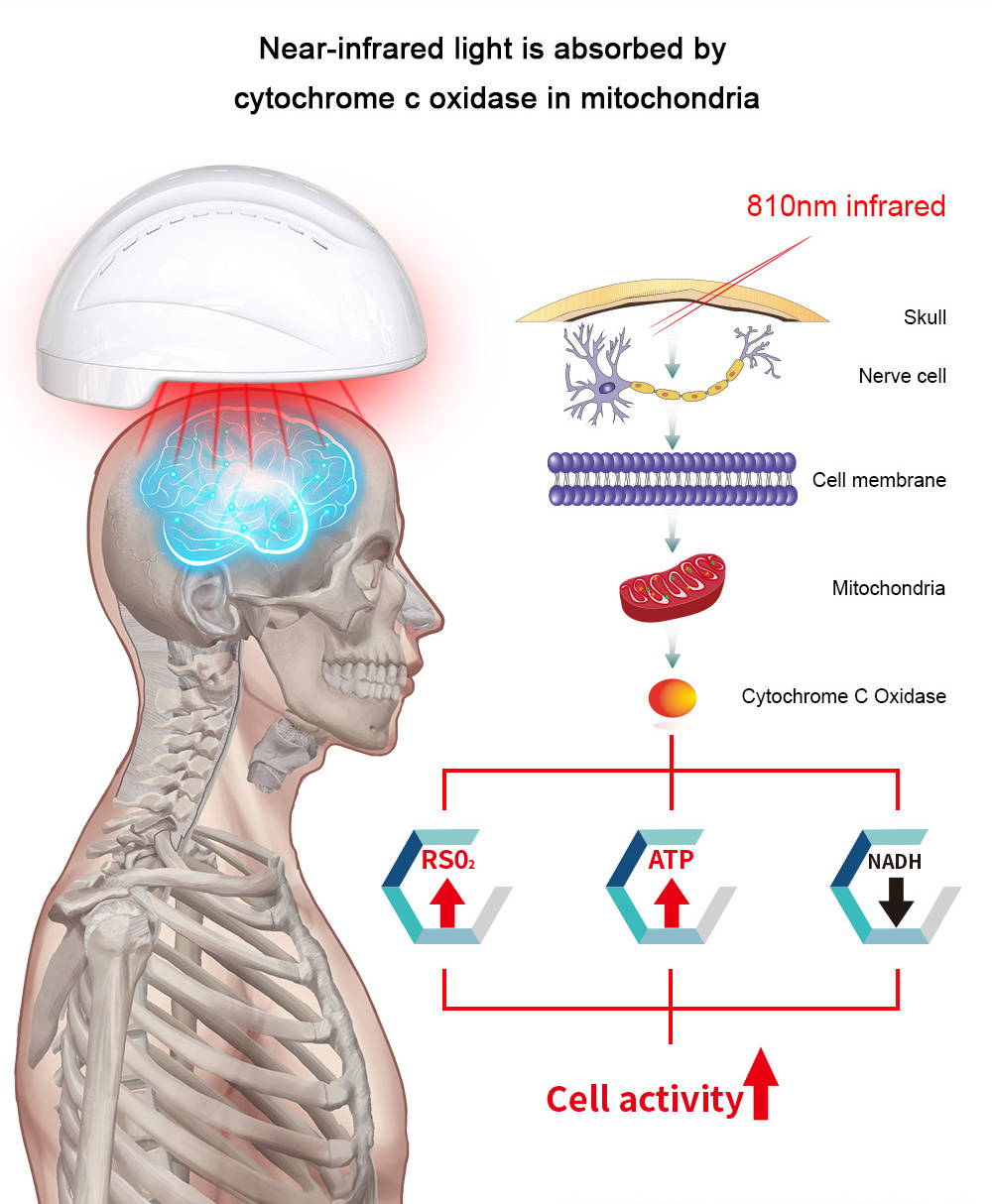
A:
1. Experiments we did.Â
One of the experiments cooperate with the Complementary and Integrative Laser Medicine,Biomedical
Engineering in Anesthesia and Intensive Care Medicine,Medical University.
Showed a clear response of cerebral rSO2 in relation to the our PBM helmet stimulation.
December,2018.
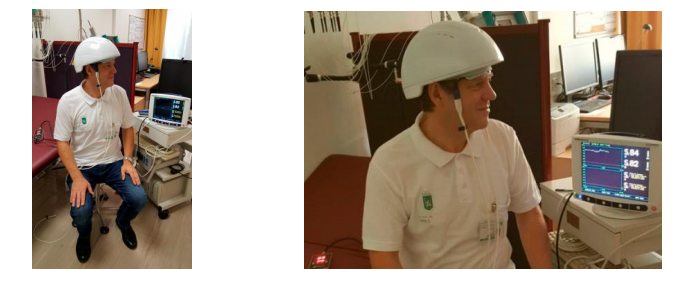
Figure 1:
Results of the increase in the regional cerebral oxygen saturation during and after stimulation on the left and right side.
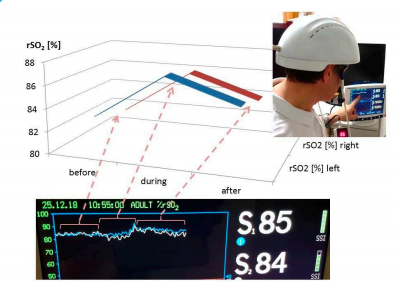
Figure 2:
Results from thermal imaging of the first pilot measurement using the new stimulation helmet. Note the increase in temperature on the helmet (upper row, a before, b during, and c after stimulation) on the forehead (middle row; d-f) and on the chin (lower row, g-i)
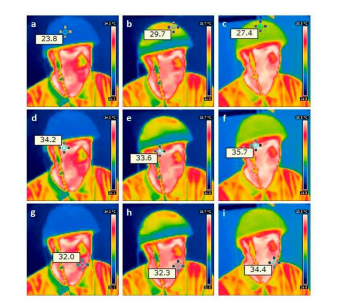
One of the experiments cooperate with theGerman Healthcare field organization
Showed a clear response of NADH reduction, which means the increasing of ATP in relation to our PBM
helmet stimulation.
May,2019
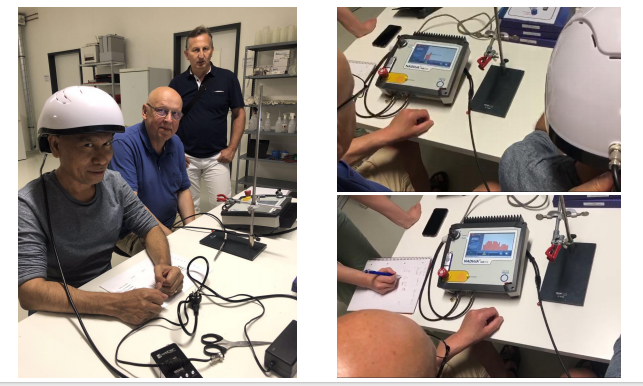
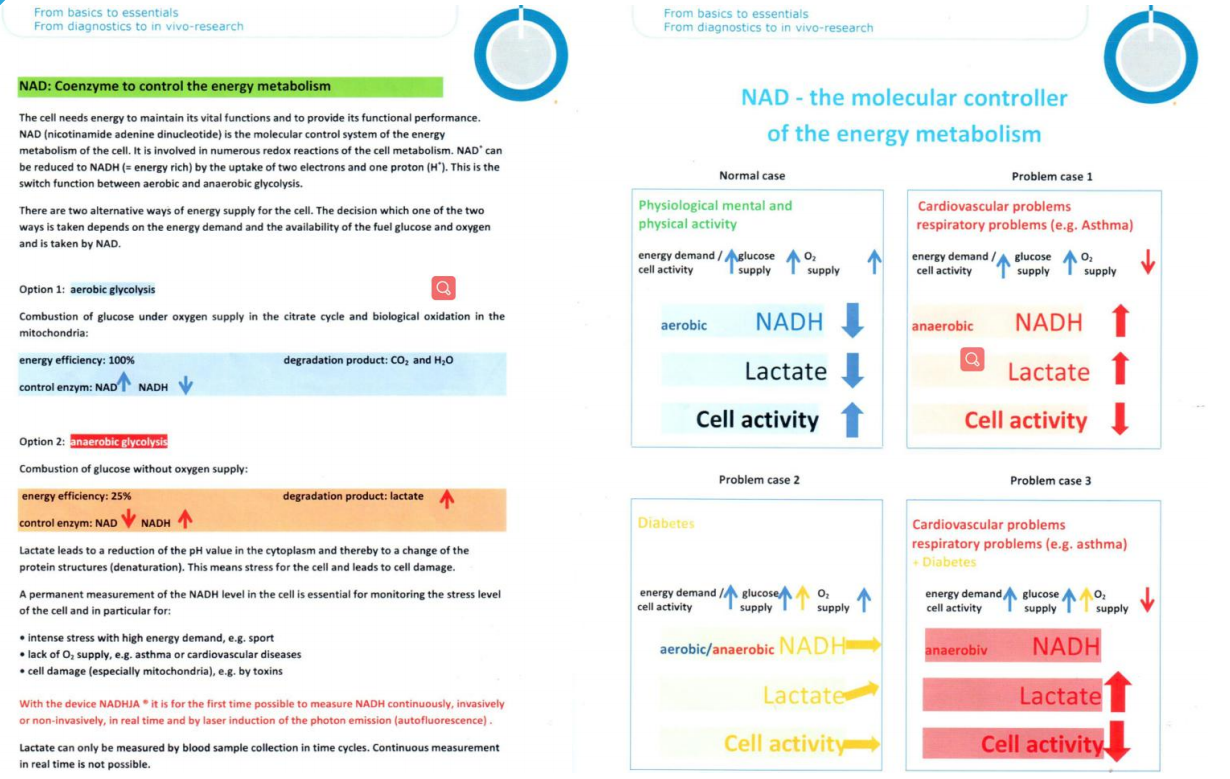
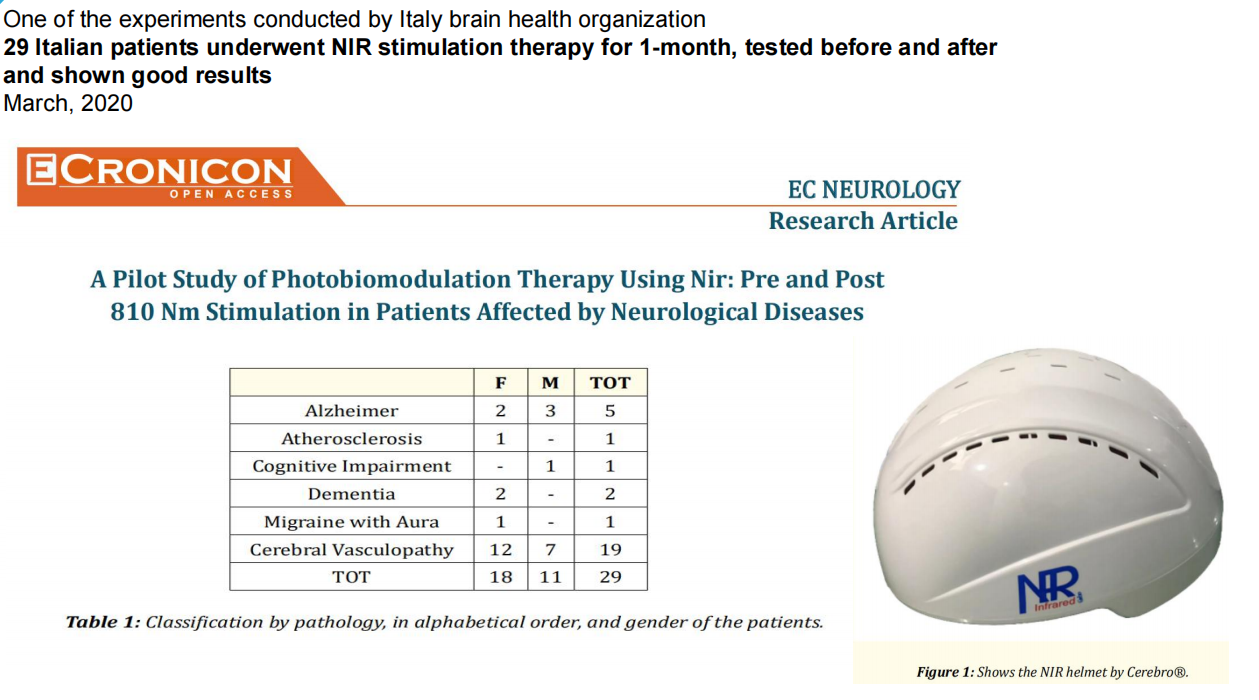
Conclusion:
This kind of wavelengths is described as activating different chromophores at the cortical level promoting the modulation of cellular oxidative stress, neurometabolic and neuroinflammatory processes involved in different neurological disease. Our sample, since it is a pilot study, is small but may start to increase our work with this type ofNIR device and proving the effect on everyday life in different diseases. The results from the compilation of the Cognitive Self-Assessment Questionnaire, in the two time period before (Test 1) and after (Test 2) NIR therapy, show a clear improvement in the perception of the symptoms in all the analyzed clusters: concentration, inattention/distraction, interpersonal intelligence and memory.
Specifically, Alzheimer's patients noticed a significant improvement in all the questions merged in the clusters with the greatest perceived improvement in the memory cluster. The same level of improved perception is observed by patients with Cerebral Vasculopathy.In patients with Dementia, the improvement is particularly evide

2. Feedback from our clients: Suyzeko pbm helmet has helped many clients, they are different countries with different brain health issues, and also we are glad to receive the feedback from them and know that our photobiomodulation helmet helps them.
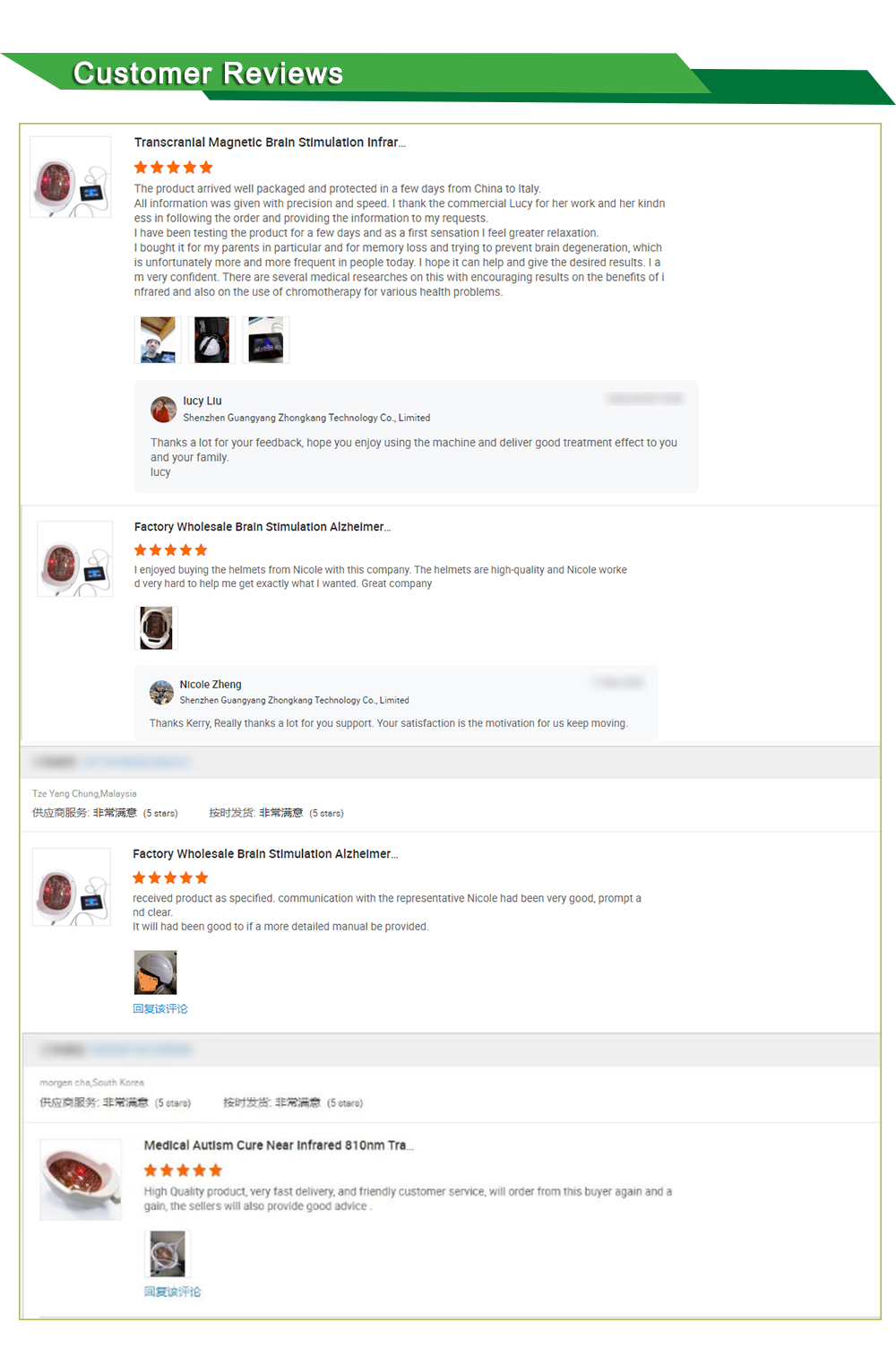
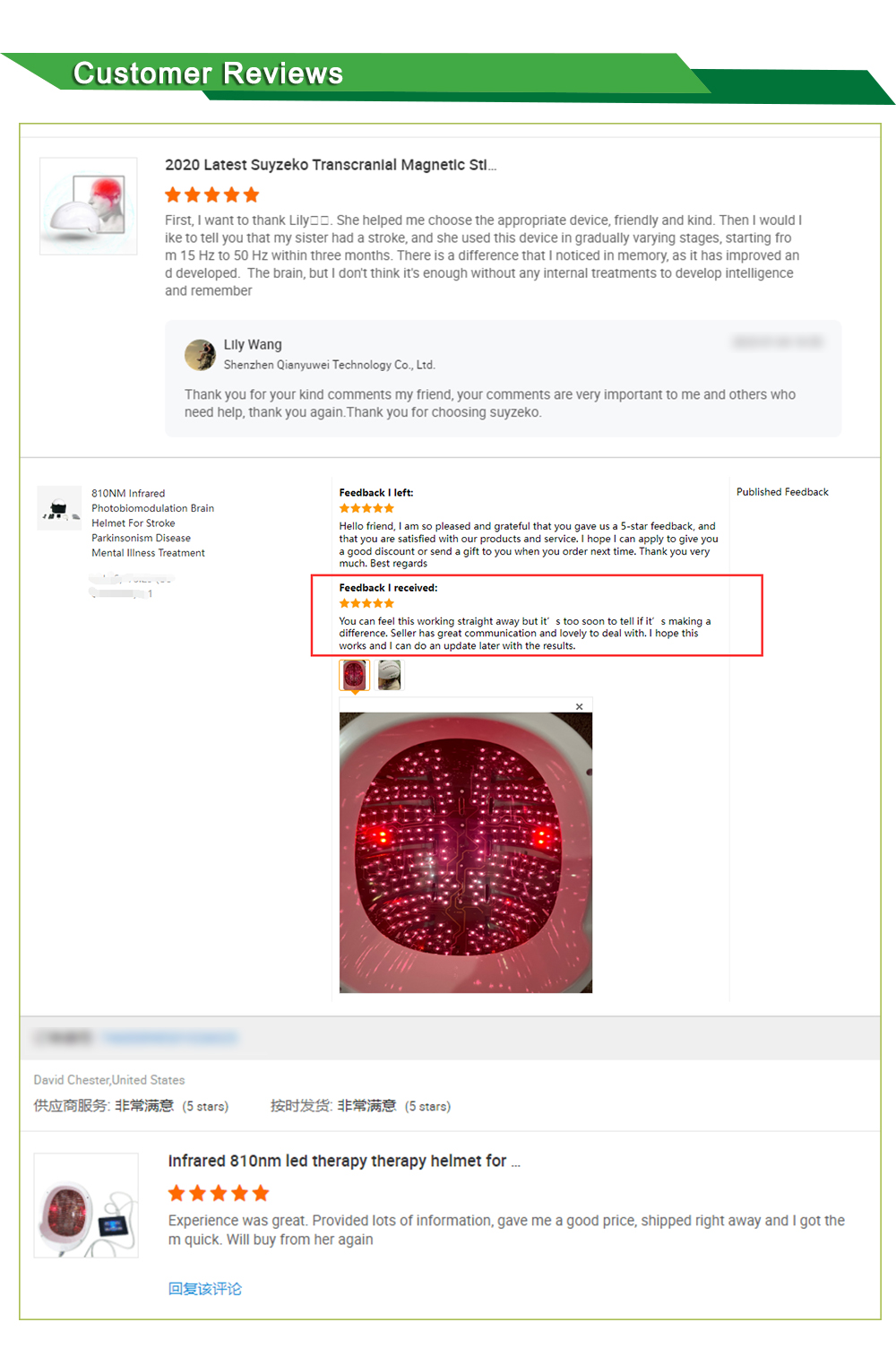
photobiomodulation helmet, pbm helmet,Infrared light therapy Helmet,810nm 1070nm pbm helmet, rtms helmet
Shenzhen Suyzeko Limited. , https://www.nirlighttherapy.com